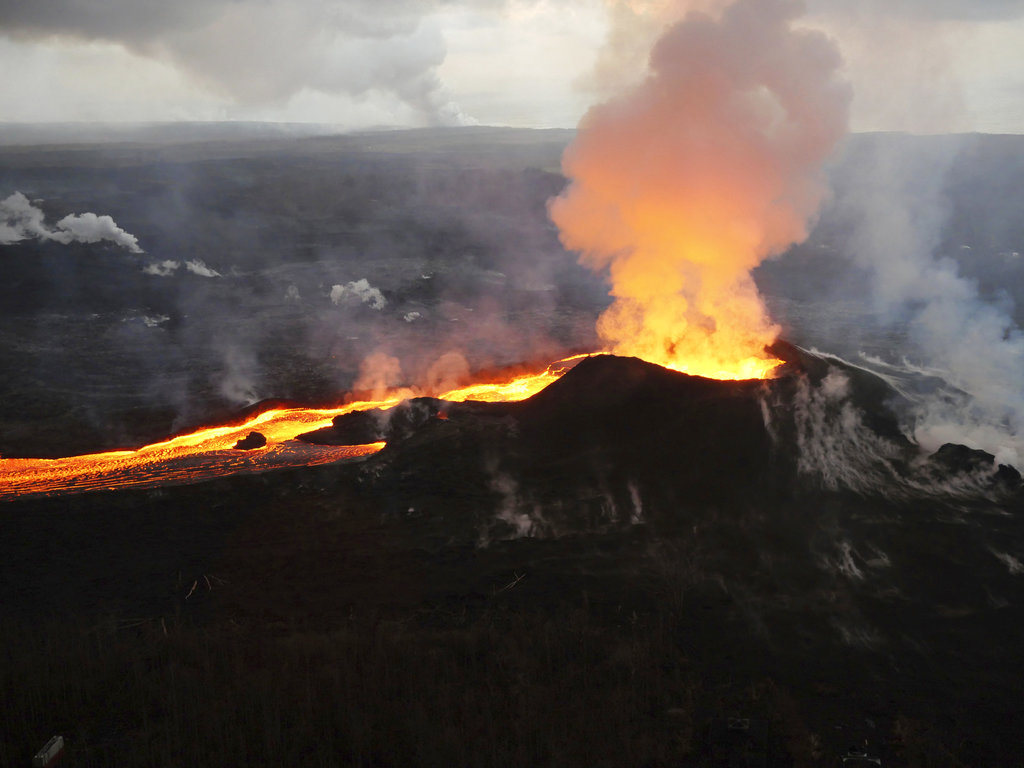WASHINGTON — Government scientists have classified 18 U.S. volcanoes as “very high threat” because of what’s been happening inside them and how close they are to people.
The U.S. Geological Survey has updated its volcano threat assessments for the first time since 2005. The danger list is topped by Hawaii’s Kilauea, which has been erupting this year. The others in the top five are Mount St. Helens and Mount Rainier in Washington, Alaska’s Redoubt Volcano and California’s Mount Shasta.
“This report may come as a surprise to many, but not to volcanologists,” said Concord University volcano expert Janine Krippner. “The USA is one of the most active countries in the world when it comes to volcanic activity,” she said, noting there have been 120 eruptions in U.S. volcanoes since 1980.
Eleven of the 18 very high threat volcanoes are in Oregon, Washington and California.
Government scientists use various factors to compute an overall threat score for each of the 161 young active volcanoes in the nation. The score is based on the type of volcano, how explosive it can be, how recently it has been active, how frequently it erupts, if there has been seismic activity, how many people live nearby, if evacuations have happened in the past and if eruptions disrupt air traffic.



